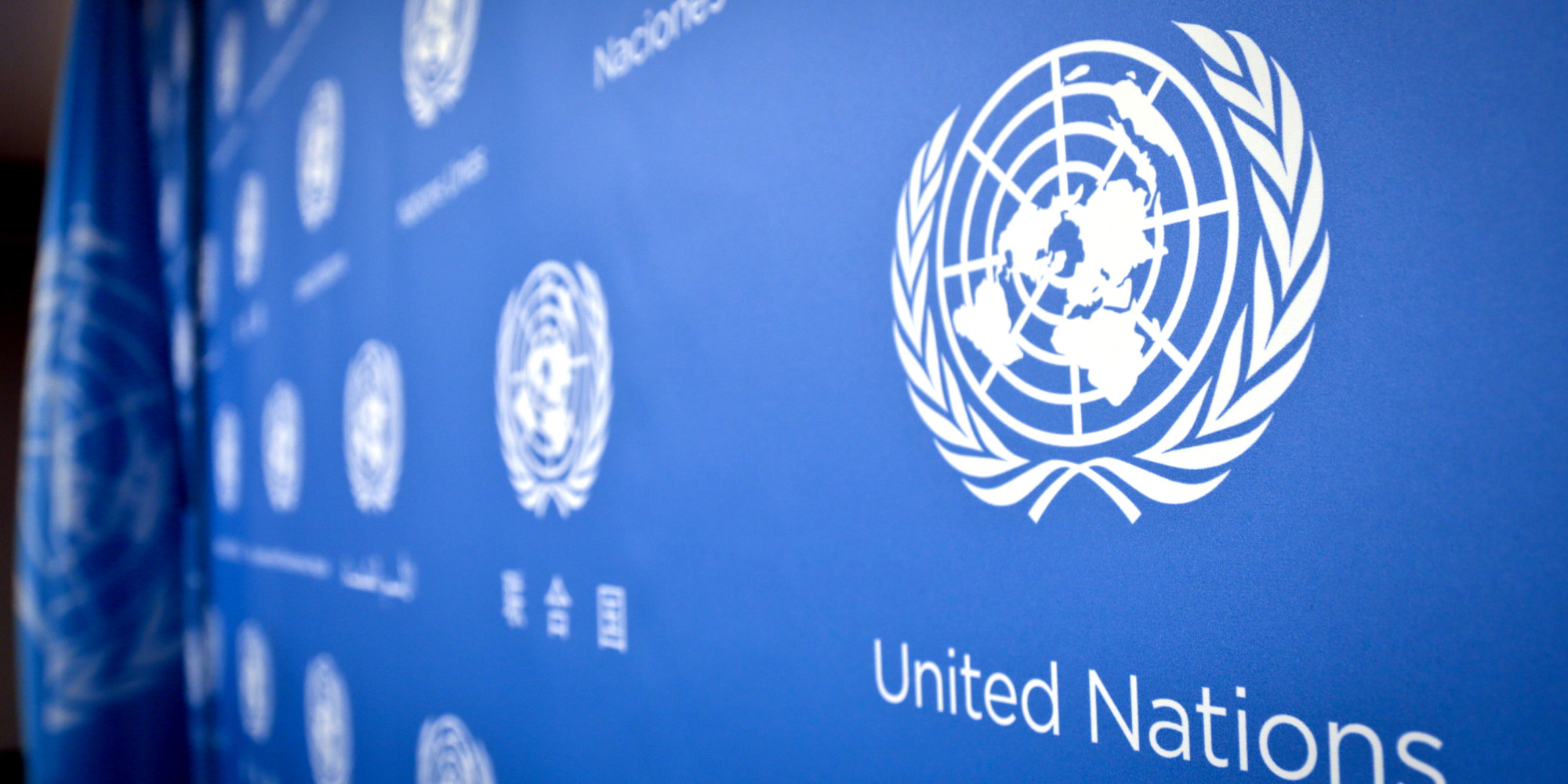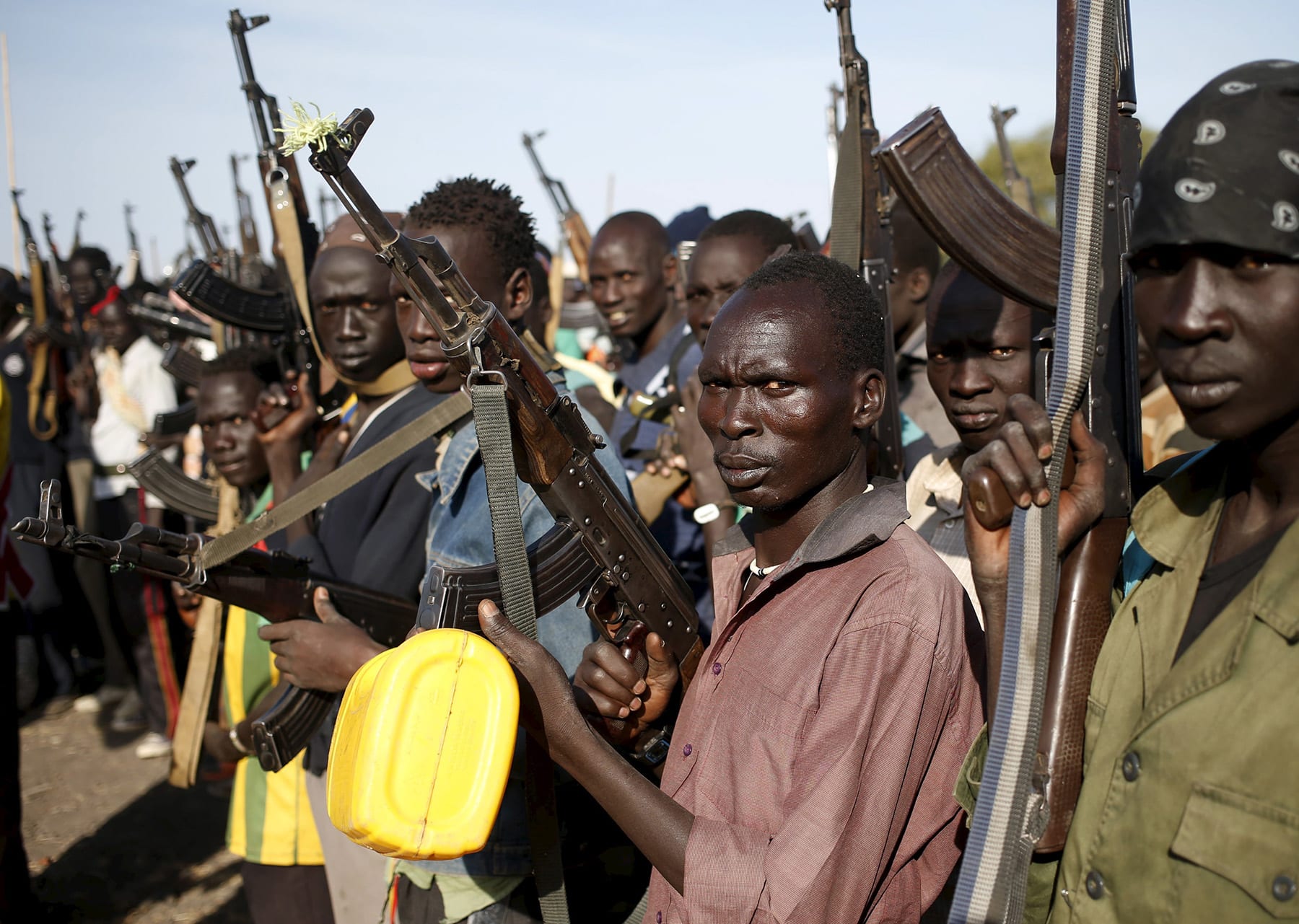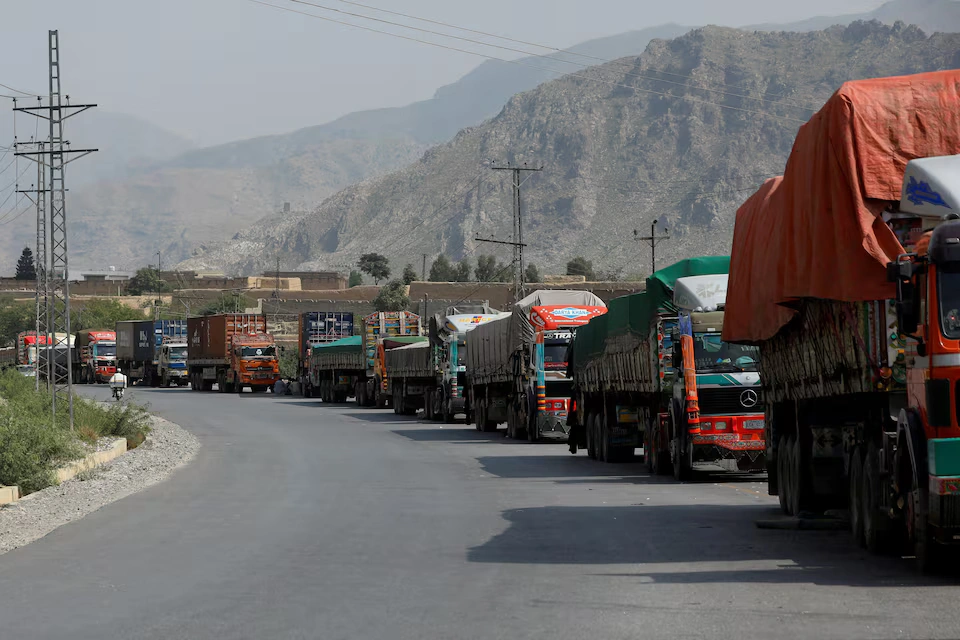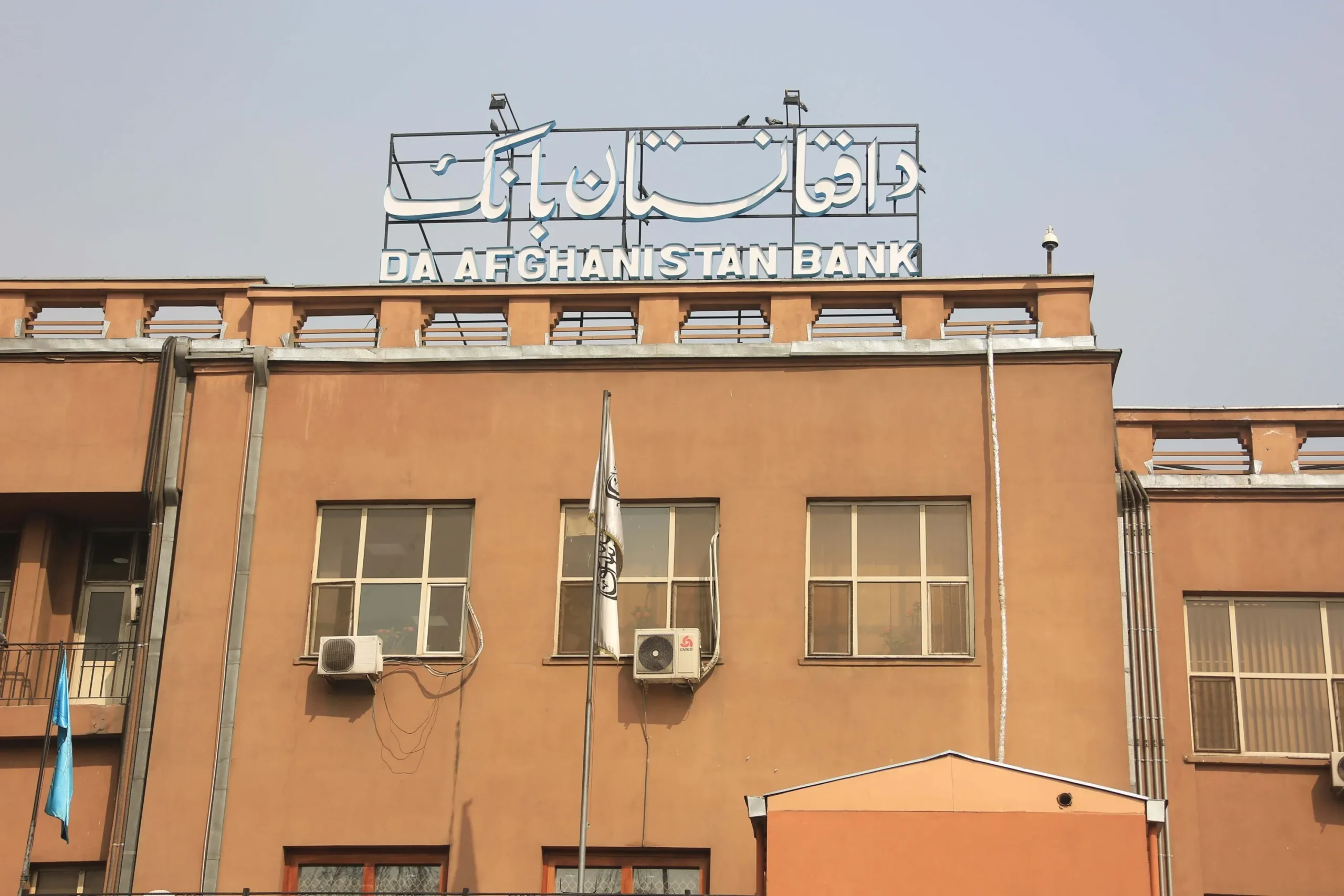In the wake of Sri Lanka trying hard to mitigate the impact from the chaotic announcement of reciprocal tarrifs announced by U.S. President Donald Trump, Commerce Minister Wang Wentao of China is expected to visit Sri Lanka in June in a bid to foster trade links, an informed source said.
The Chinese authorities in Sri Lanka indicated about such a visit during a recent meeting at the Trade Ministry.
Following tariffs announced by the U.S. President, the countries across the globe look for new markets instead of depending solely on one country or bloc. The U.S. and the European Union absorbs a bulk of Sri Lankan exports at the moment.
Following President Trump’s decision, Sri Lanka now remains engaged with the U.S. authorities to seek redress from reciprocal tariffs after the 90-day pause now in progress. The government has pledged to increase imports from the U.S. to narrow the trade gap which is now in favour of Sri Lanka.
In the meantime, the Chinese Commerce Minister is slated to arrive here in the backdrop of Sri Lanka seeking to expand its export markets. The programme agenda is yet to be worked out.
Also See: Sri Lanka Turns to India as U.S. Tariffs Shake Trade Stability
China and Sri Lanka started negotiations on a Free Trade Agreement more than ten years ago. Talks currently remain stalled.
After six rounds of negotiations, the FTA discussions came to a standstill in 2018 over tariff lines and the value of trade to be liberalised.
Following the visit of President Anura Kumara Dissanayake to Beijing, Sri Lanka and China had greed to work toward an early conclusion of a comprehensive FTA.
China is the 10th export destination for Sri Lanka. The total export value from Sri Lanka to China was US $ 251.91 Mn in 2024 and total imports from China to Sri Lanka for the same period were US $ 4,332.48 million. China is the first import origin for Sri Lanka, the Export Development Board said.
This news is sourced from Daily Mirror and is intended for informational purposes only.

![The Commerce Minister of China is set to visit Sri Lanka in June to strengthen trade ties amid ongoing U.S. tariff tensions. [Image via The Daily Mirror]](https://southasiatimes.org/wp-content/uploads/2025/04/image_ab60d69c28.webp)




